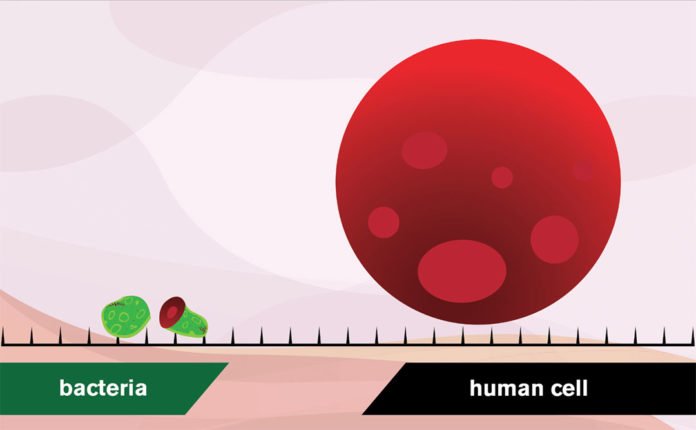Surgical implants, for example, hip and knee substitutions or dental implants involves a major risk of bacterial disease. In the direct outcome, this can make the implant not attach to the skeleton, which means it must be expelled.
Bacteria that flows through blood start to grow and propagate, forming a protective layer, known as a biofilm. Chalmers scientists now found an effective solution for it. They demonstrated that placing a patch of vertical graphene spikes forms a protective surface that makes it impossible for bacteria to attach.
Applying this method will cause bacteria to sliced up apart and killed. According to scientists, this will help protect the patient against infection, eliminate the need for antibiotic treatment, and reduce the risk of implant rejection.
Ivan Mijakovic, Professor at the Department of Biology and Biological Engineering said, “We discovered that the key parameter is to orient the graphene vertically. If it is horizontal, the bacteria are not harmed.”
The sharp flakes do not damage human cells. The reason is simple: one bacterium is one micrometer – one-thousandth of a millimeter – in diameter, while a human cell is 25 micrometers. So, what constitutes a deadly knife attack for a bacterium, is therefore only a tiny scratch for a human cell.
Jie Sun, Associate Professor at the Department of Micro Technology and Nanoscience said, “Graphene has a high potential for health applications. But more research is needed before we can claim it is entirely safe. Among other things, we know that graphene does not degrade easily.”
Santosh Pandit, a postdoc at Biology and Biological Engineering said, “We want to prevent bacteria from creating an infection. Otherwise, you may need antibiotics, which could disrupt the balance of normal bacteria and also enhance the risk of antimicrobial resistance by pathogens.”
Scientists are now further planning to test the graphene flakes further, by coating implant surfaces and studying the effect on animal cells.
The projects are funded by Vinnova (a Swedish government agency) and published in Advanced Materials Interfaces.
